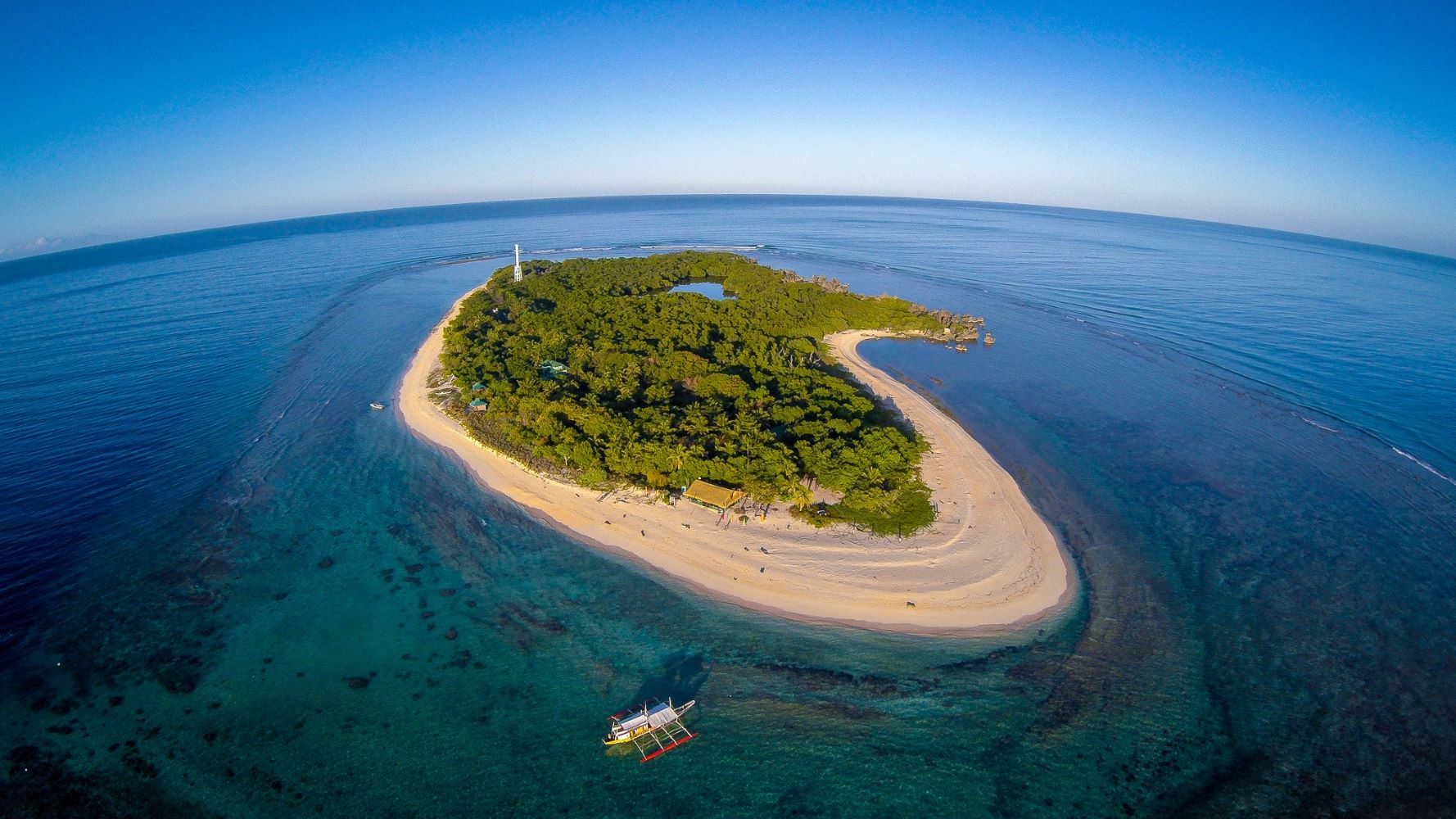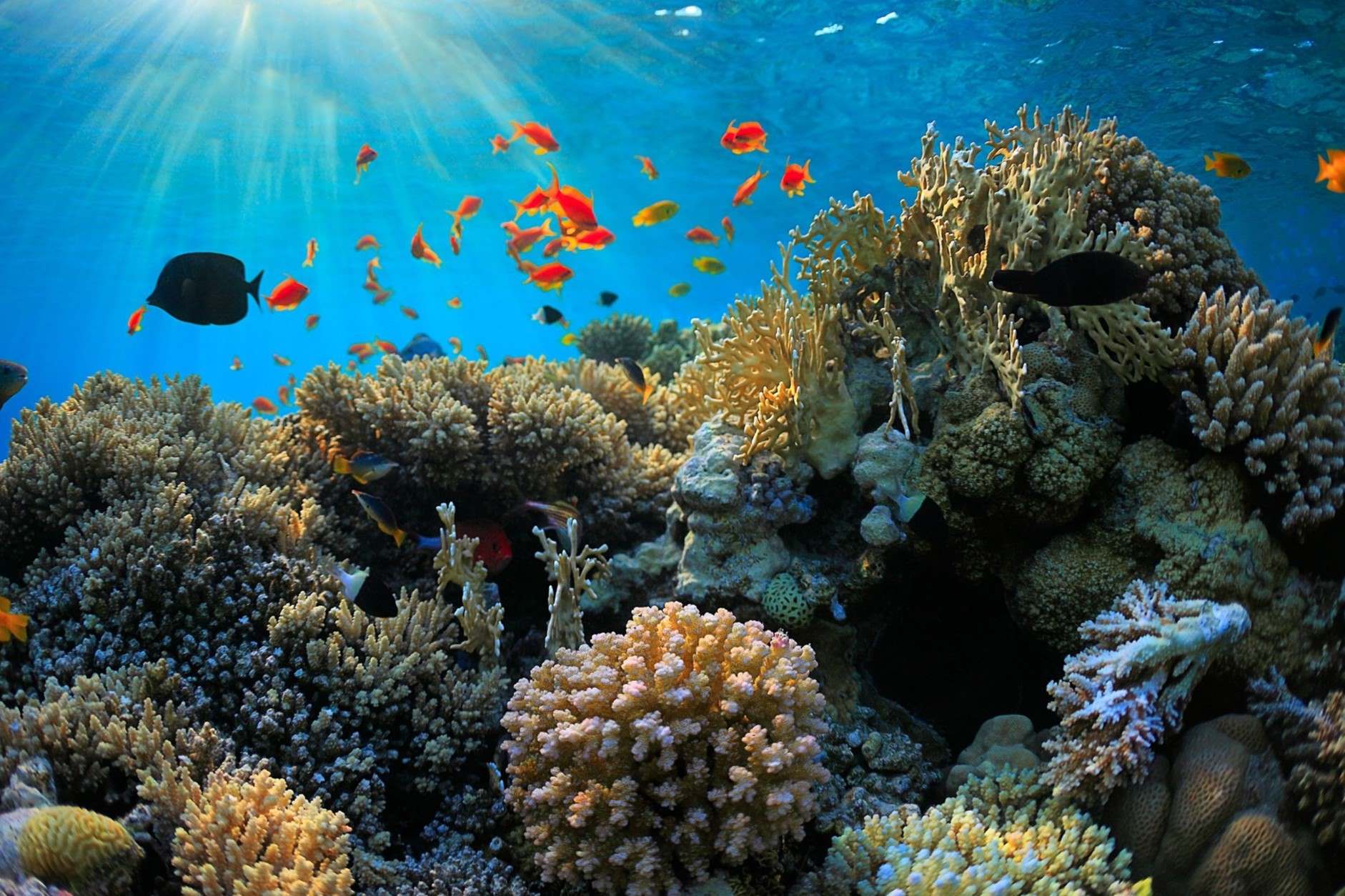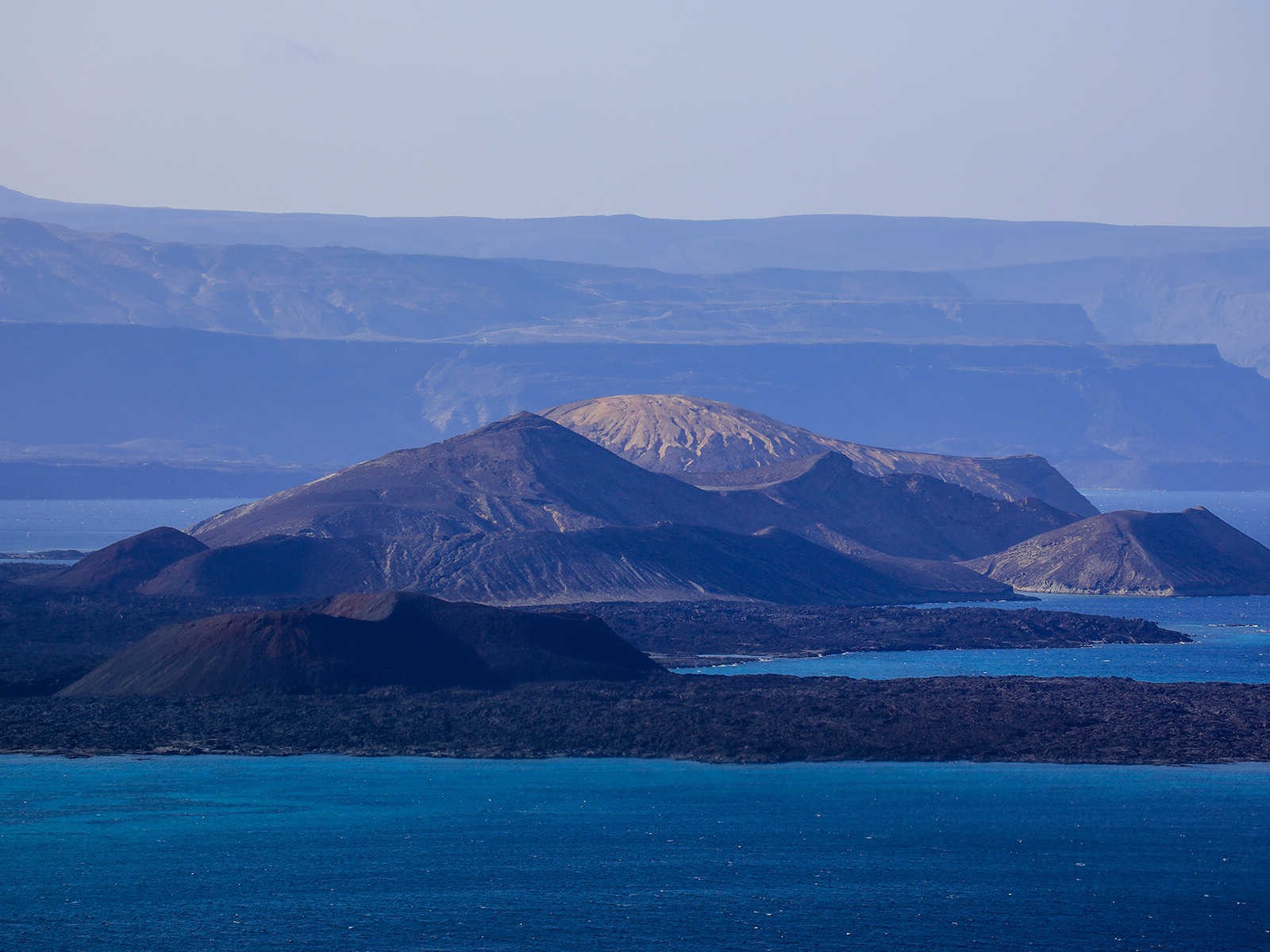
Apo Reef is a stunning marine sanctuary located in the Philippines. It’s the second-largest contiguous coral reef system in the world, only trailing Australia’s Great Barrier Reef. This underwater paradise spans approximately 34 square kilometers, offering a vibrant habitat for a myriad of marine species. Divers and snorkelers flock here to witness its crystal-clear waters, colorful corals, and diverse marine life. Apo Reef is not just a haven for underwater enthusiasts; it’s also a critical area for scientific research and conservation efforts. The reef’s rich biodiversity includes over 500 species of fish, various types of sharks, and even sea turtles. Whether you’re an avid diver or a marine biology enthusiast, Apo Reef offers a unique glimpse into the underwater world’s wonders.
What is Apo Reef?
Apo Reef is a stunning marine sanctuary located in the Philippines. Known for its rich biodiversity, it attracts divers and nature enthusiasts from around the globe. Here are some fascinating facts about this underwater paradise.
-
Apo Reef is the second-largest contiguous coral reef system in the world, following Australia's Great Barrier Reef.
-
The reef spans approximately 34 square kilometers, making it a vast underwater ecosystem.
-
Apo Reef is part of the Apo Reef Natural Park, which covers around 27,469 hectares, including both land and water areas.
-
The reef is situated in the Mindoro Strait, between the islands of Mindoro and Palawan.
Biodiversity of Apo Reef
The reef's diverse marine life makes it a hotspot for biodiversity. It supports a wide range of species, from tiny plankton to large marine mammals.
-
Over 500 species of fish can be found in Apo Reef, making it a vibrant underwater community.
-
The reef is home to more than 400 species of coral, showcasing a variety of shapes, sizes, and colors.
-
Sea turtles, including the endangered green and hawksbill turtles, frequently visit Apo Reef.
-
The reef also provides a habitat for several species of sharks, such as the whitetip reef shark and the grey reef shark.
Conservation Efforts
Efforts to protect and preserve Apo Reef are crucial for maintaining its ecological balance. Various initiatives have been implemented to ensure its sustainability.
-
Apo Reef was declared a protected area in 1996, highlighting its importance to marine conservation.
-
The reef is managed by the Apo Reef Natural Park Management Board, which oversees conservation activities and regulations.
-
Strict regulations are in place to control fishing and other activities that could harm the reef's ecosystem.
-
Eco-tourism is promoted as a sustainable way to enjoy the reef while minimizing environmental impact.
Diving in Apo Reef
Apo Reef is a popular destination for divers, offering breathtaking underwater views and unique experiences.
-
The reef features several dive sites, each with its own distinct characteristics and marine life.
-
Visibility in Apo Reef can reach up to 40 meters, providing clear views of the underwater scenery.
-
Divers can explore underwater caves, swim-throughs, and drop-offs, adding excitement to their dives.
-
Night diving is also popular at Apo Reef, offering a chance to see nocturnal marine creatures.
Flora and Fauna
The reef's ecosystem is not limited to marine life; it also includes various plant species and land animals.
-
Mangroves and seagrasses are found in the shallow areas of Apo Reef, providing important habitats for juvenile fish and other marine organisms.
-
The reef's islands are home to several bird species, including the endangered Philippine cockatoo.
-
Apo Island, part of the reef system, has a small forested area that supports a variety of terrestrial wildlife.
-
The reef's unique combination of marine and terrestrial ecosystems makes it a valuable area for scientific research.
Cultural and Historical Significance
Apo Reef holds cultural and historical importance for the local communities and the Philippines as a whole.
-
The name "Apo" means "grandchild" in Filipino, reflecting the reef's cherished status among locals.
-
Local communities have traditional fishing practices that have been passed down through generations, emphasizing sustainable use of the reef's resources.
-
Apo Reef has been a site for various scientific studies, contributing to our understanding of marine ecosystems.
-
The reef is a source of pride for the Philippines, showcasing the country's rich natural heritage.
Challenges and Threats
Despite its beauty and importance, Apo Reef faces several challenges that threaten its health and sustainability.
-
Climate change poses a significant threat to the reef, causing coral bleaching and other negative impacts.
-
Illegal fishing practices, such as dynamite fishing, have caused damage to parts of the reef.
-
Pollution from nearby coastal areas can affect the water quality and overall health of the reef's ecosystem.
Final Thoughts on Apo Reef
Apo Reef stands as a testament to nature's beauty and diversity. Its vast coral formations, rich marine life, and clear waters make it a must-visit for divers and nature enthusiasts. The reef's unique ecosystem supports countless species, from colorful fish to majestic sea turtles. Conservation efforts are crucial to preserving this underwater paradise for future generations. By understanding and respecting Apo Reef's delicate balance, visitors can help ensure its continued splendor. Whether you're an avid diver or simply someone who appreciates natural wonders, Apo Reef offers an unforgettable experience. Its vibrant underwater world and serene surroundings provide a perfect escape from the hustle and bustle of everyday life. So, next time you're planning an adventure, consider exploring the wonders of Apo Reef. You'll not only witness breathtaking beauty but also contribute to the preservation of one of the world's most remarkable marine sanctuaries.
Was this page helpful?
Our commitment to delivering trustworthy and engaging content is at the heart of what we do. Each fact on our site is contributed by real users like you, bringing a wealth of diverse insights and information. To ensure the highest standards of accuracy and reliability, our dedicated editors meticulously review each submission. This process guarantees that the facts we share are not only fascinating but also credible. Trust in our commitment to quality and authenticity as you explore and learn with us.


